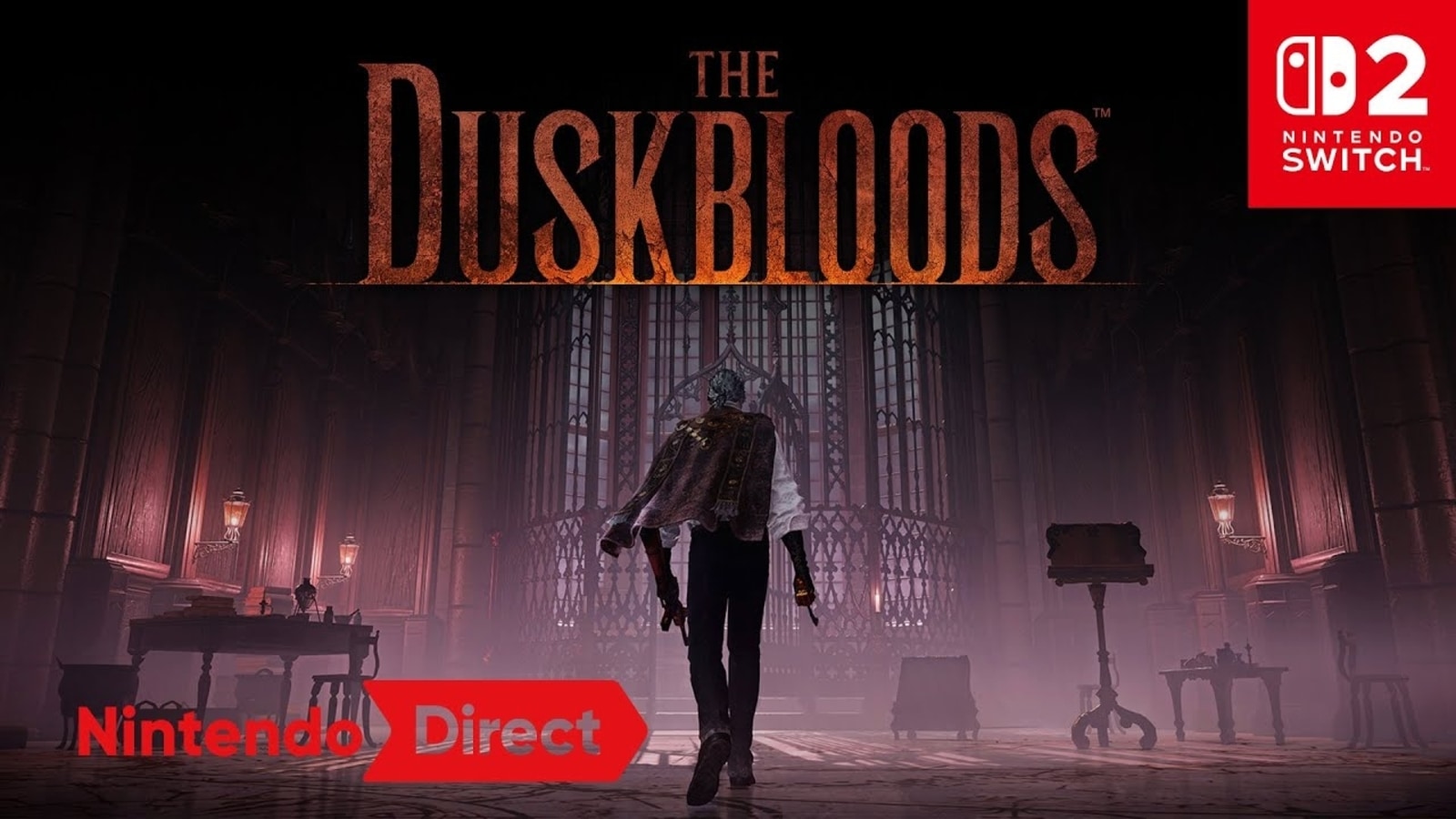Weddings are steeped in tradition, but where did those rituals come from? “Traditions,” a new column, explores the origins of various wedding customs from around the world.
While Kelly Frye and Nick Campbell were having their photos taken before their intimate wedding ceremony at the Rothko Chapel in Houston on Jan. 26, 2022, the groom’s brothers tied eight empty Campbell’s Soup cans to the back of a 1949 black Hudson convertible, which had been owned by the bride’s father, who died in 2014.
The noisy adornments were far from a surprise for the newlyweds, who live in Austin, Texas. “The cans were my idea,” said Ms. Frye, 38, an actress. “I wanted a visual that symbolized the joy of our relationship.”
She added that “the car was a chance to honor my dad. The cans spoke to my marriage, Nick’s last name, Andy Warhol and our passion for art.” Mr. Campbell, 36, is the founder of two art consultancy businesses, Narcissus Arts and Campbell Art Advisory.
Evolution of Tradition
It is widely believed that clamorous send-offs, like the timeless rattle of tin cans on the back of newlyweds’ getaway vehicles, stem from the French tradition of charivari (a French word for uproar). Centuries ago, a charivari was used to censure a marriage.
“Single men would protest a wedding they didn’t agree with by banging pots together and yelling against a rich order: a widower who remarried a young woman from the community or a man who wanted to marry a woman who was not part of the community,” said Xavier Marechaux, a professor of history and education at SUNY College at Old Westbury, N.Y., and an expert on 18th- and 19th-century France.
“They felt these women were being stolen from them,” Dr. Marechaux said. “To show their disapproval, they made a lot of noise in front of the couple’s house on their wedding night.”
Pinpointing the birth of these traditions is “almost impossible,” said Tok Thompson, a professor of anthropology and communication at the University of Southern California. But Dr. Thompson believes that French settlers brought charivari with them to Canada in the early 1600s and that the tradition eventually spread into the United States.
It was more of a “rough initiation, often directed at women, specifically strangers to the community,” Dr. Thompson said. “They were subjected to a bunch of people, mostly men, coming over, demanding she make dinner on the first night the newlyweds were supposed to have to themselves. That was part of the initiation ritual.”
Modernizing the Send-Off
As couples began to adopt more casual wedding celebrations in the early 20th century, the tradition evolved into a more jovial act.
“The function of marriage changed,” Dr. Thompson said, adding that the ritualized practical jokes people played were not as drastic. “Charivari became a way to initiate a new identity, from being single to a married couple. Marriages and couples are now celebrated rather than being contested or objected.”
The noisy serenading turned lighthearted. Pots were swapped for tin cans. Shouting turned into cheering. And the group of threatening men became an alliance of friends, family and local residents.
During this era, cars became more accessible and an important focal point starting as early as the 1910s, according to Katherine Parkin, a history professor at Monmouth University in West Long Branch, N.J. She said that by the 1960s, automobiles were one of the more popular places where people got engaged.
“The American embrace of this tradition in the 20th century is one of youthful celebration,” Ms. Parkin said, “offering people a way to celebrate with their peers. There’s also the giving away of the bride and the driving away as a couple, marking the separation of the children from their parents and an assertion of their adult lives together.”
Gary Ferguson, a French literature professor at the University of Virginia, said that attaching cans, “something that was easily disposable, readily available, rather worthless and made the same noise as pots and pans, was also a way of publicly announcing the wedding to the whole community and drawing attention to the couple as they drive off.”
While the essence of the tradition remains the same, modern couples are putting their own spin on send-offs, said Emily Campbell, the founder and executive producer of GoBella Design & Planning, an event company specializing in destination weddings in Breckenridge, Colo. “These include fireworks, vintage cars, second line horns and, in the mountains, even gondolas are filled with late-night snacks, custom playlists and sheep skin rugs,” she said.
“The beautiful thing about the tying of old cans to a car is that it beckons to a simpler time where décor truly was pulled from the pantry,” Ms. Campbell said.
Ms. Fry and Mr. Campbell’s conscious inclusion of classic traditions into their wedding celebration (they also saved the top layer of their wedding cakes) was a way for them to add a customized touch that mirrored their journey.
“The cans felt celebratory and special, an intimate visual of this marriage,” Ms. Fry said. “When people saw us driving by, they honked, waved and yelled congrats. It’s a special moment from that time in our lives. And there’s a special story attached to it to share with others as to how it came together.”






















